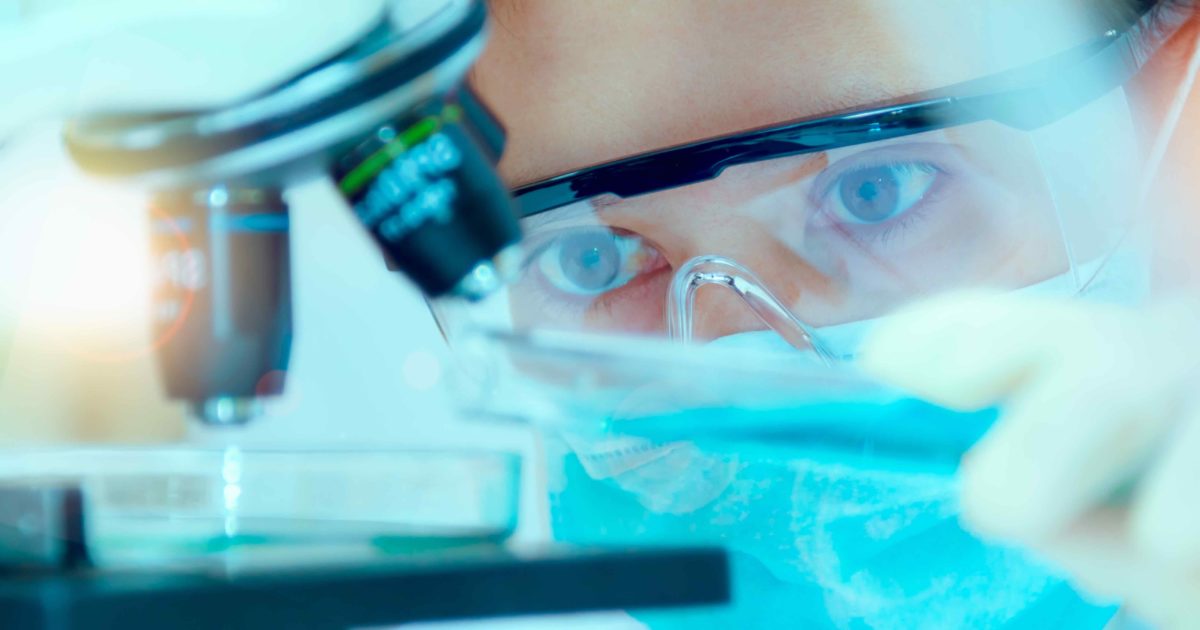Academic research is often full of ideas that can form the foundation of startups.
So institutions like the University of Maryland, Baltimore and Johns Hopkins are putting considerable effort to help launch young companies that license that research in a way that can bring acclaim and dollars. But just about everyone still thinks we need more CEOs and scientists working together.
It’s not for lack of trying. As evidenced by life sciences and medtech startups popping up in university incubators, the entrepreneurs have started to emerge. For one, there are more high-growth companies using locally sourced intellectual property, says Jacob Vogelstein. As a partner and portfolio manager focusing on early stage companies at downtown investment firm Camden Partners, he’d know.
“I think the first step is feeding the pipeline and making sure there’s robust quality and quantity of opportunities at the starting gate,” he said. “By that measure, it’s easy to quantify there’s more high quality startups today than there ever have been before.”
Vogelstein said that in the right room to build consensus. He was speaking last week at the University of Maryland School of Pharmacy for a roundtable of tech transfer community leaders held at the Baltimore Innovation Week Sciences Conference. The event, which was sponsored by ETC and Kaiser Permanente, also featured pitches and a panel from startup founders and, full disclosure, was organized by Technical.ly.
This is usually where a word about a need for increased funding is inserted. But Jane Shaab, the director of the University of Maryland’s BioPark, sees more investment too. There was the launch of the Maryland Momentum Fund, which is seeking to fund intellectual property coming out of the University System of Maryland. The General Assembly also provided funding for companies who locate in Baltimore.
“There’s more money on the table than there was a year ago,” she said. That’s good, because a group like this has said otherwise before, both during last year’s Innovation Week and the year before too.
Moss Amer, an analyst with the Maryland Venture Fund, ticked off companies like Harpoon Medical, and Graybug Vision who received funding recently with a mix of local and out-of-region dollars.
Those individual deals won’t create a thriving community by themselves, but represent a step. To Nina Lamba of the Maryland Department of Commerce’s Office of BioHealth Technologies, the change isn’t all about the numbers.
“There’s been a shift of people realizing that assistance doesn’t always come in the form of money. Sometimes, it’s connections. Sometimes it’s mentoring. Sometimes it’s counseling,” she said.
The universities have played a role there. From the view of Robert Storey, who sees the state’s medtech community from a number of sides as a mentor and board chairman to companies as well as the organizer of wider, connective efforts, the message has made its way to the top.
“When you look nationally, what a lot of universities struggle with is really a message from the top that innovation and translation is critical. That’s been done very well in the universities here. There’s been a lot of transition. So now you have all these technologies and early stage companies that are starting to pop out,” he said. “We’re still a work in progress in how we give them a leg up after they come out.”
Miriam Boer didn’t spin her medical device startup Sonify Biosciences out of a university but sees some of the gaps firsthand. While she maintains an office at the University of Maryland where a top researcher who can help with the development of the company’s device to treat melanoma is based, Boer is currently taking part in the LaunchLabs incubator in New York. The ability to meet founders at different stages, including those who are seeking big funding rounds and an international presence, is different than what she was finding in Baltimore.
“There’s this huge swath of companies that are at all different stages, which is part of what was so attractive about joining,” she said.
Spaces can help to create more of those. New offices for University of Maryland startups at the Lion Brothers building and Johns Hopkins’ Fast Forward 1812 are just the latest examples of open offices that were developed to provide environments where founders and scientists building companies can intermingle in a way that isn’t forced.
Another answer might be in the classroom. Many of the startups that result from tech transfer are formally founded by researchers who make big breakthroughs, with day-to-day business run by executives who have experience running a company. We’ve heard much about the importance of putting CEOs and scientists in the same room. The future may lie in making them one.
The iCorps program provides training to faculty to help move through the process of developing a business model and understanding metrics that are important to creating a business. It’s a federal program, but Storey said Maryland has a unique approach in that it’s run at the state level through TEDCO’s Maryland Innovation Initiative.
“The state has integrated with what’s happening at the national level and at the universities probably the best here of anywhere else in the country, said Storey, who is an instructor with the program through NIH. “MII actually has set aside some of the money that can be used for teams to get some of that training, and that’s something that’s not happening many other places around the country.”
iCorps illustrates the dual role of academics as research leaders and teachers of the next generation. It doesn’t require everyone who goes through the program to become a founder, but is designed to provide training to help them teach grad students.
Likewise, some in the room saw more opportunity to infuse entrepreneurship directly into the academy.
As dean of the University of Maryland School of Pharmacy, Natalie Eddington sees a need for more talk between industry and universities about the needs of the workforce. That extends to helping students create companies, as well. It’s why the school is putting a lot of stock in the idea of pharmapreneurism, even trademarking the term.
At the University of Maryland School of Medicine, Sara Menso created the Lightbulb Moment Competition to help students develop business skills. Participants were able to get through the idea generation stage of creating a company after just a couple of weeks of business training.
To Lamba, it comes down to “soft skills” like hitting timelines, engaging customers and, most of all, working with people.
“You can’t be a screwdriver all your life. You have to be that multifunctional tool,” said Mary Anderson, an entrepreneur who also works with Johns Hopkins.
Before you go...
Please consider supporting Technical.ly to keep our independent journalism strong. Unlike most business-focused media outlets, we don’t have a paywall. Instead, we count on your personal and organizational support.
Join our growing Slack community
Join 5,000 tech professionals and entrepreneurs in our community Slack today!

Federal grant freeze fire drill leaves orgs scrambling to brace for Trump-era priorities

Entrepreneurship unifies: Introducing a new podcast on ecosystem building

As demand for AI infrastructure surges, Johns Hopkins experts warn of deregulation risk


